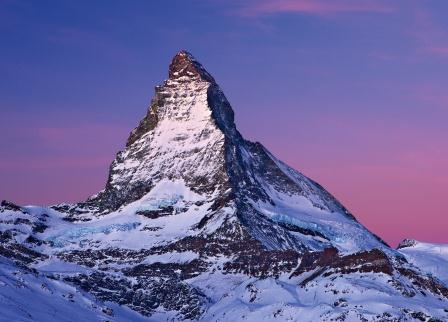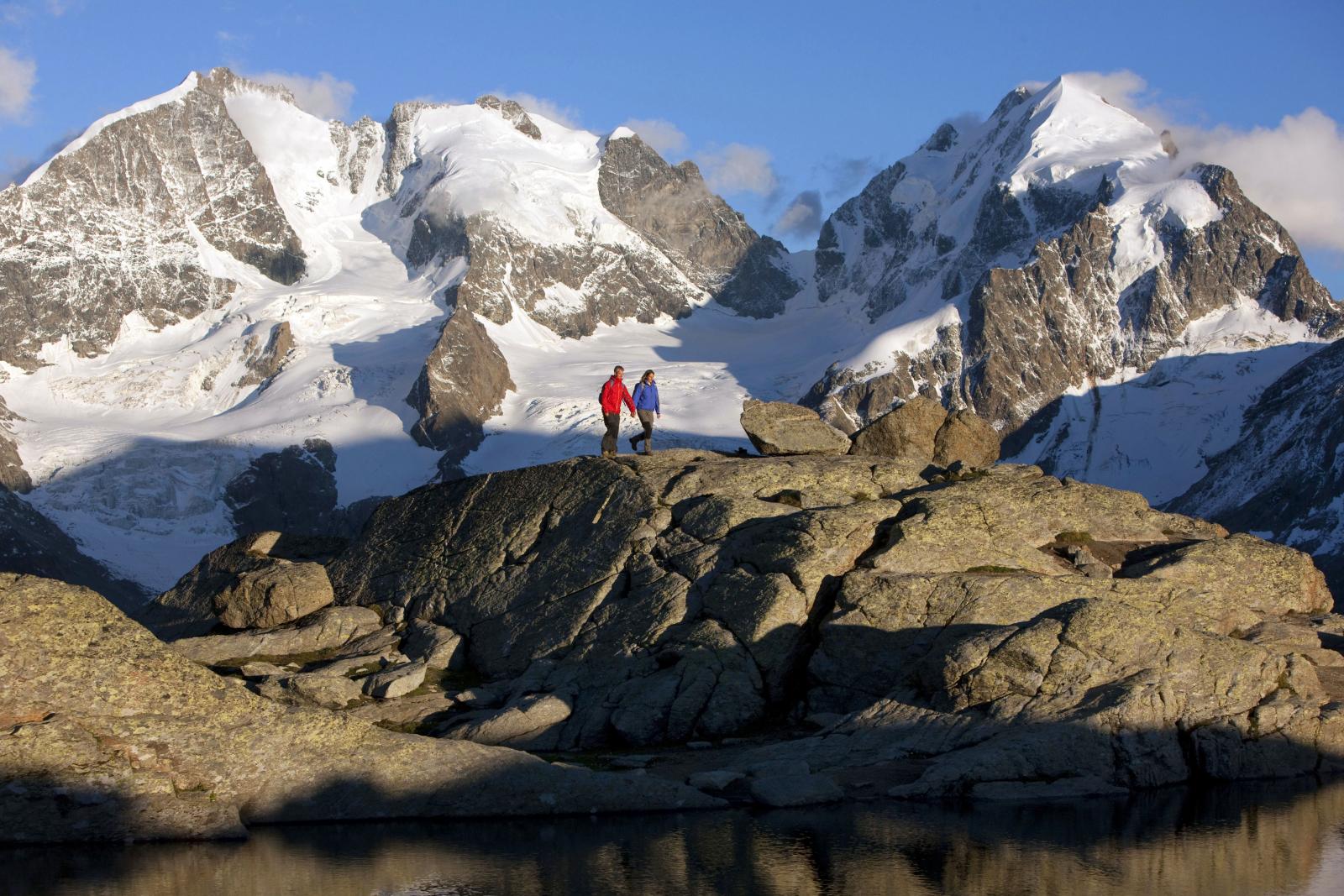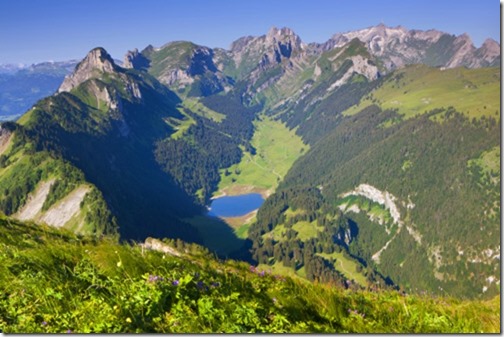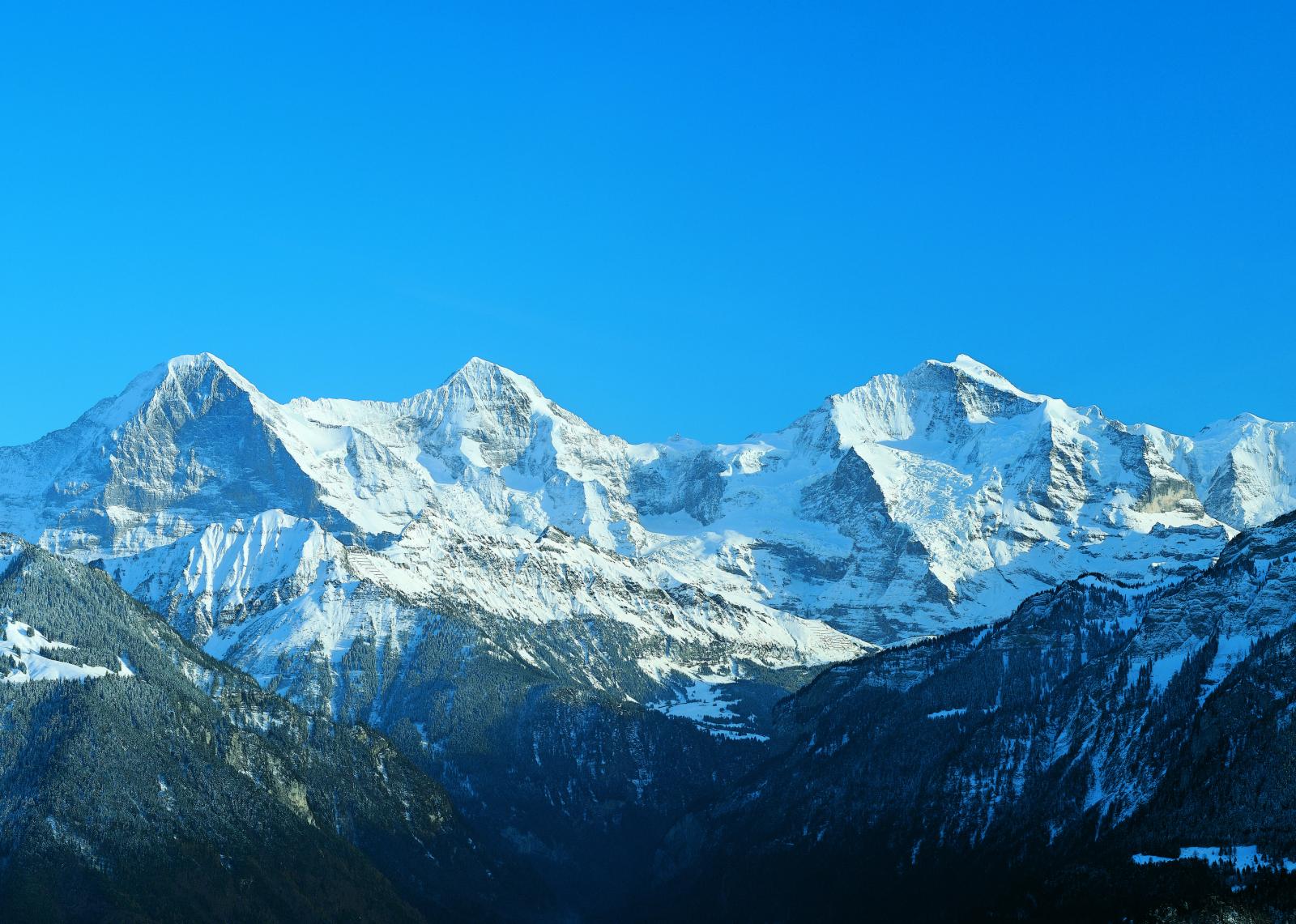- Trips
- Tour Calendar
- About Our Tours
- Plan a Trip
- Book a Trip
- About Us
- Contact Us



The Swiss Alps are the highlight of any tour to Switzerland. Even though less than 15% of the Alps lie within Switzerland, it's the country that people most closely associate with the Alps. No doubt, Switzerland is home to some of the most famous Alpine locations—the Matterhorn, the Eiger, the Jungfrau—and many of the highest peaks and largest glaciers. It's also home to an extensive network of well-marked hiking trails.
We think you'll enjoy these interesting facts about the Switzerland and the Swiss Alps. For additional information and books about Switzerland see our Suggested Reading.


 Glaciers
Glaciers